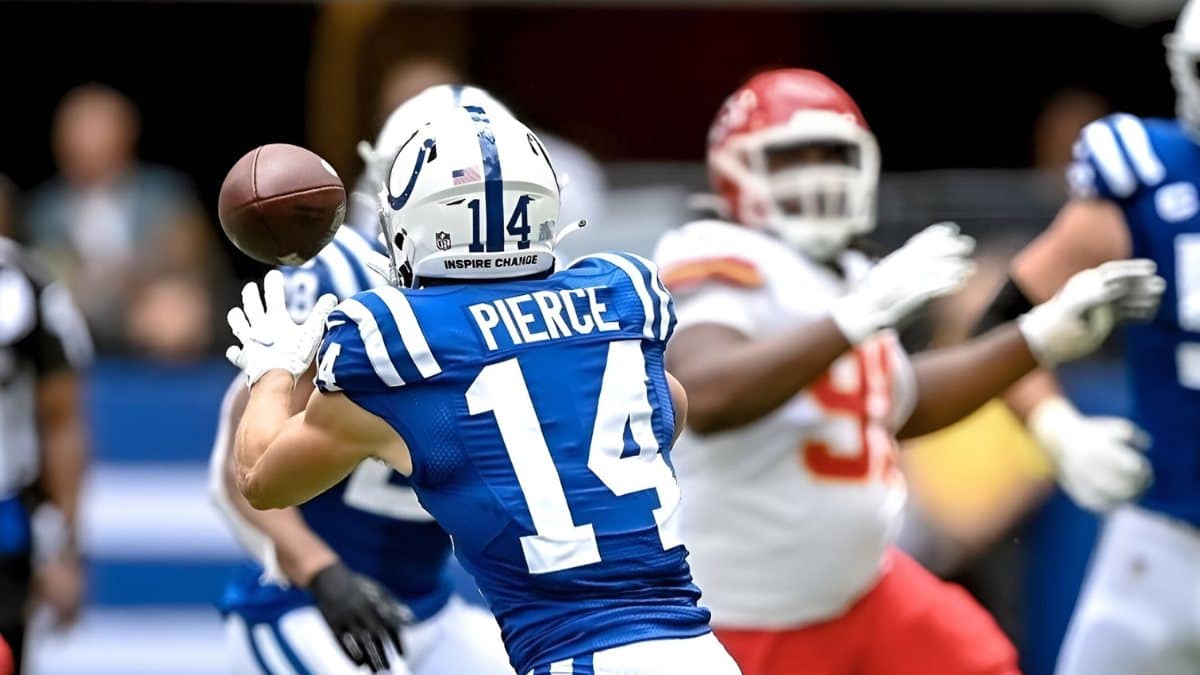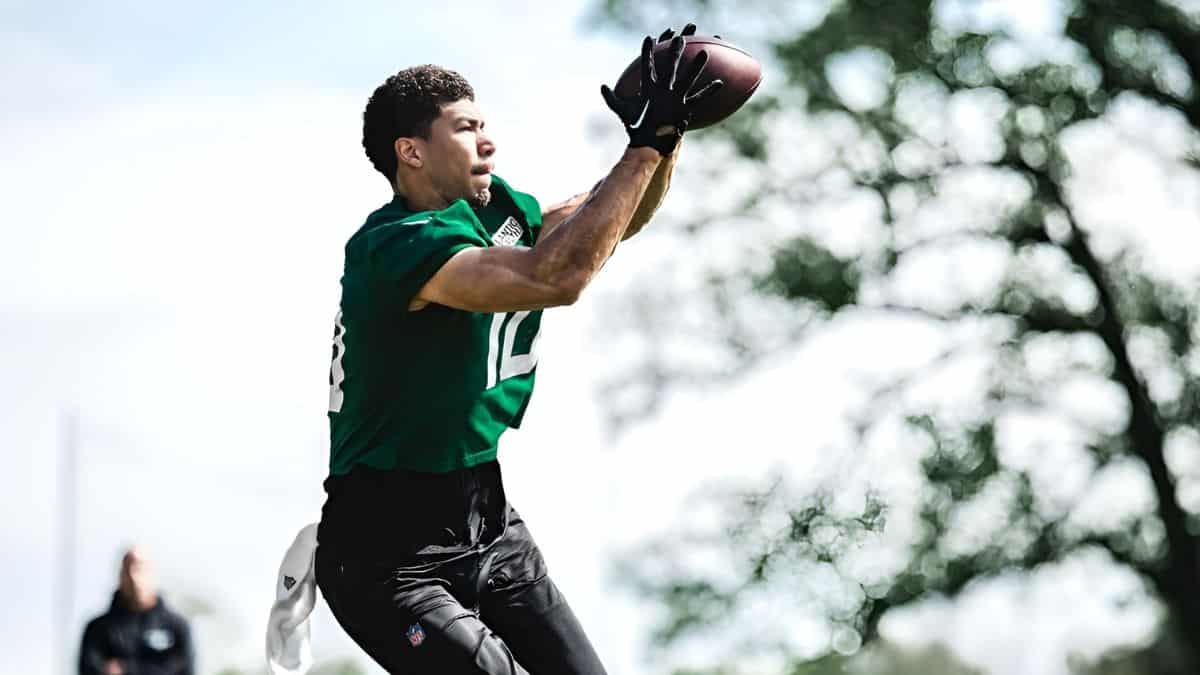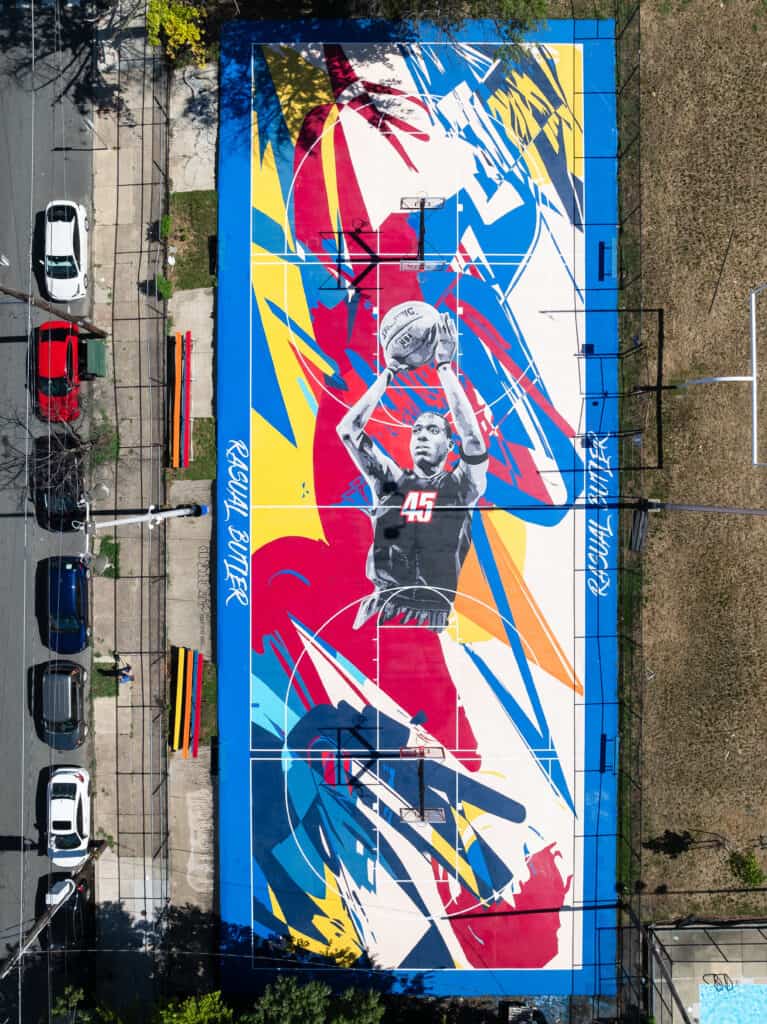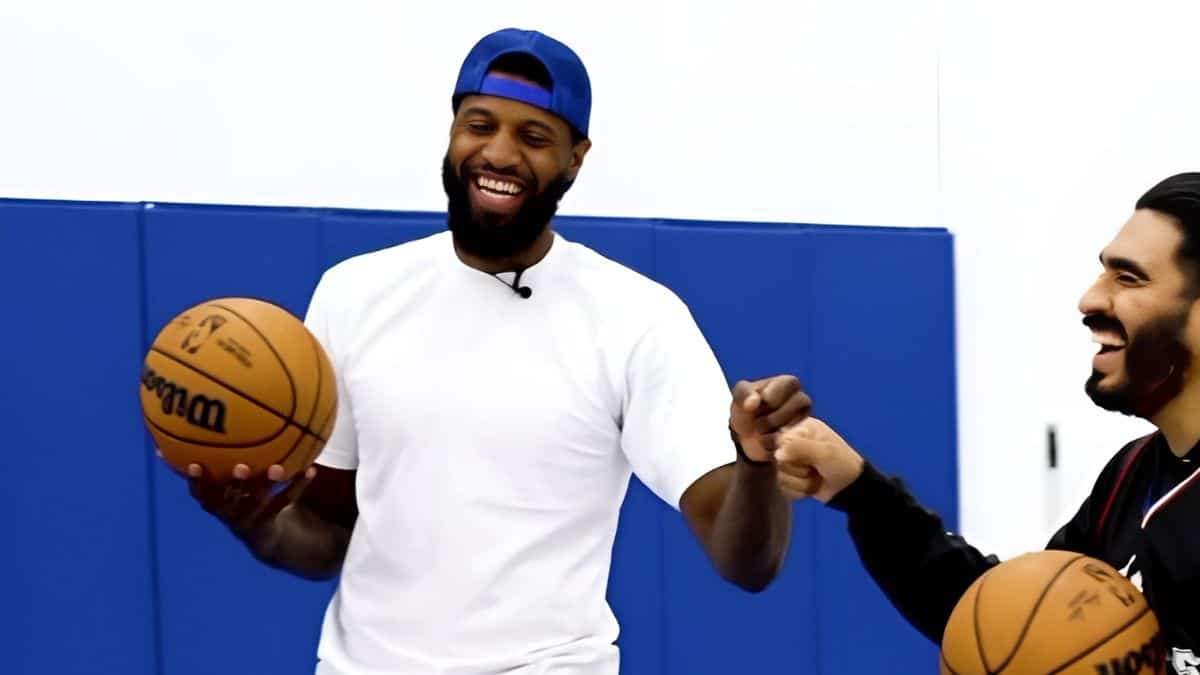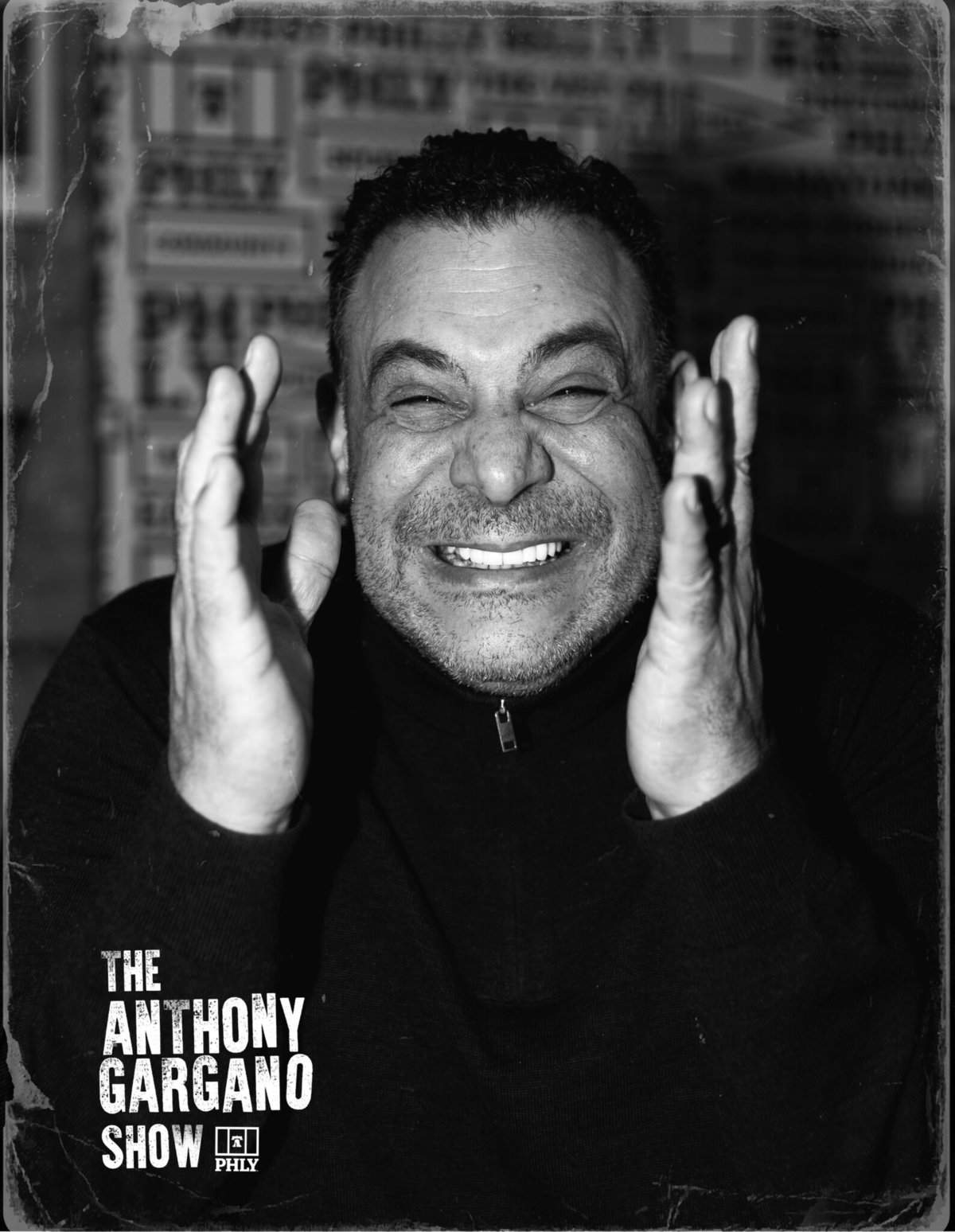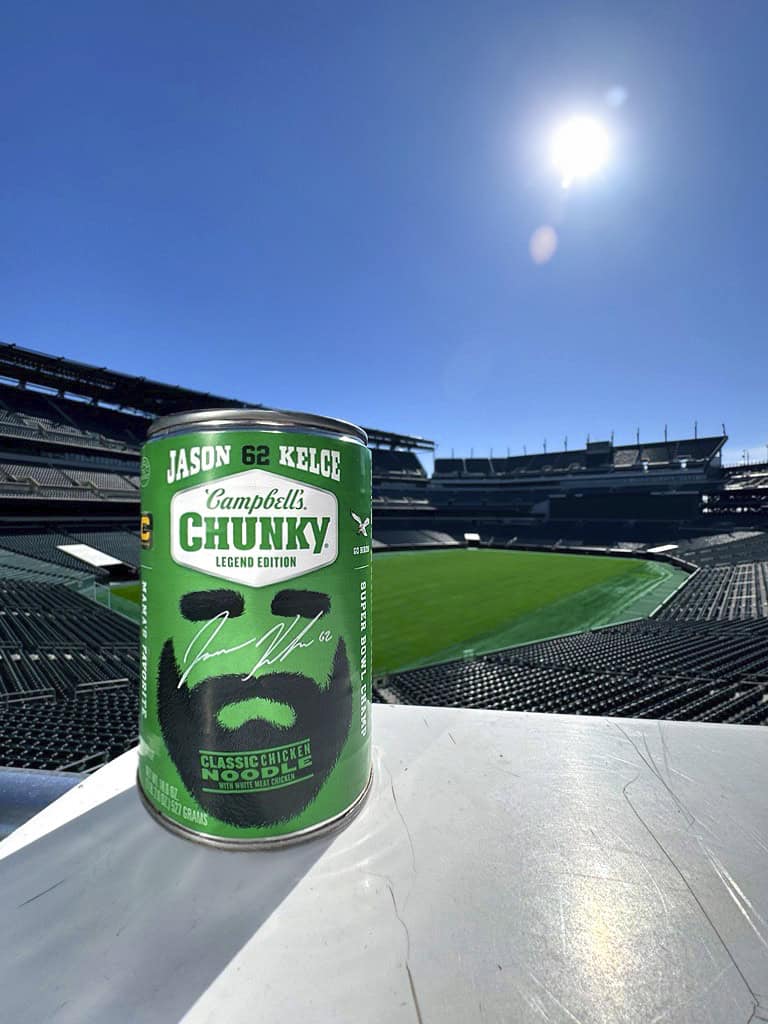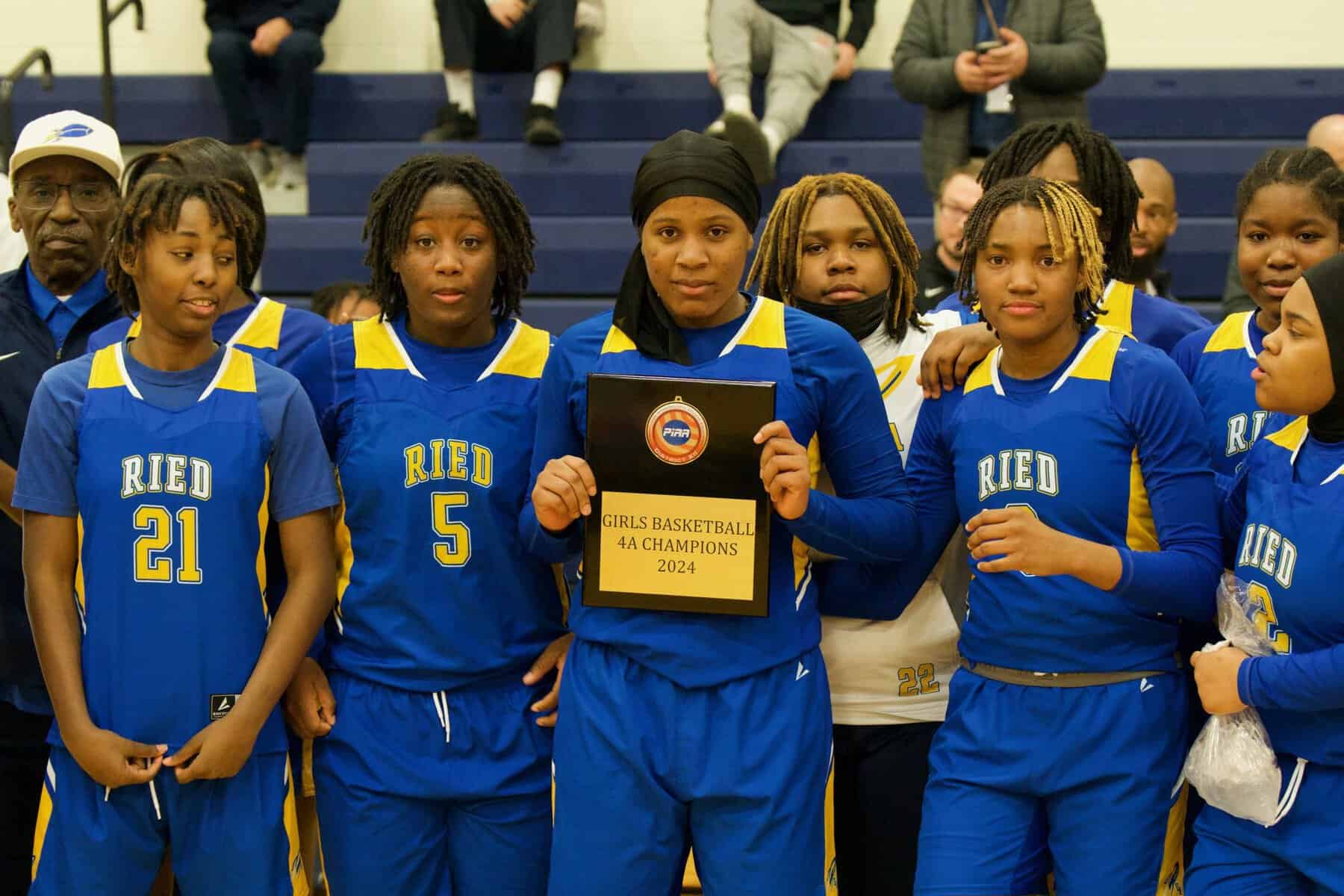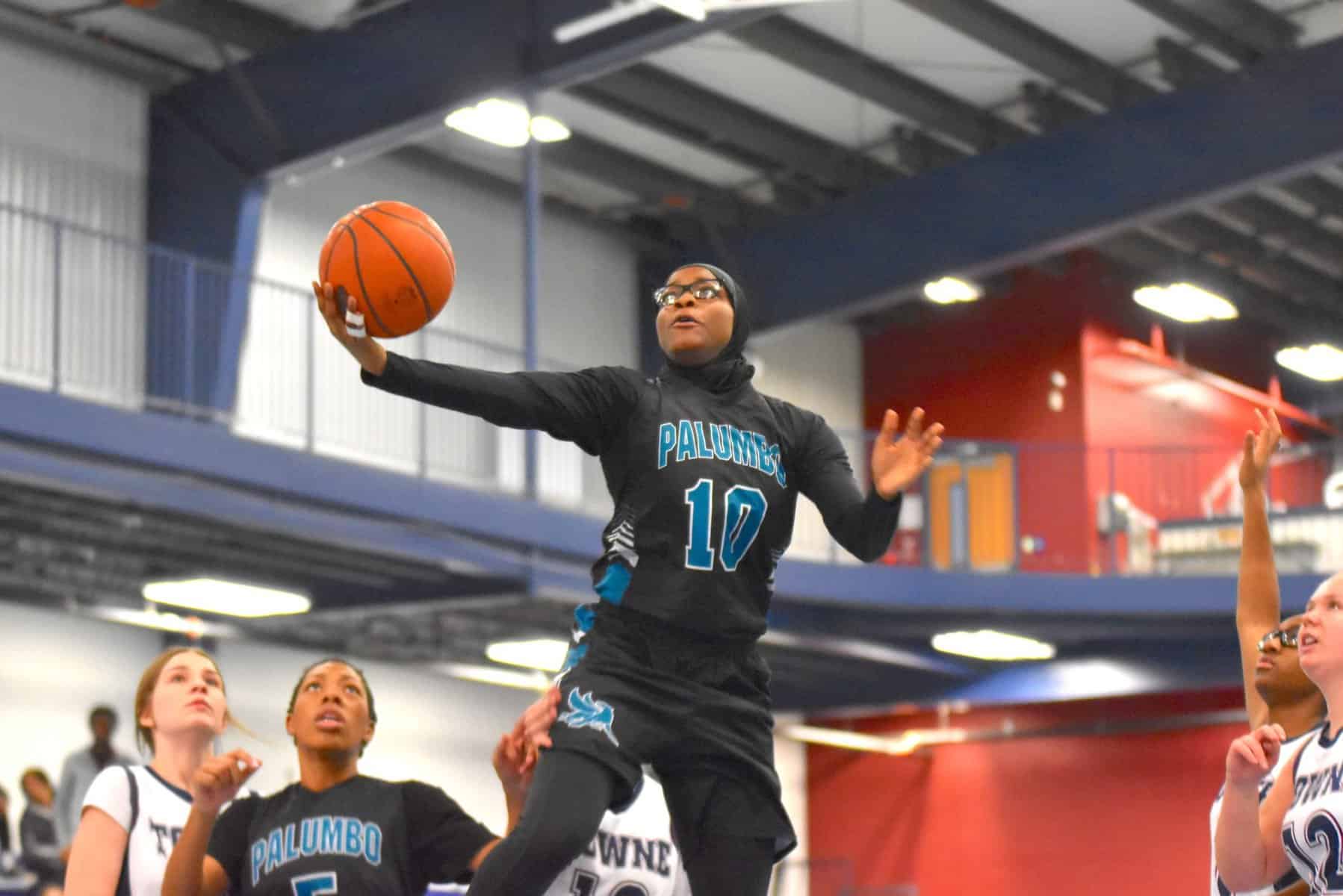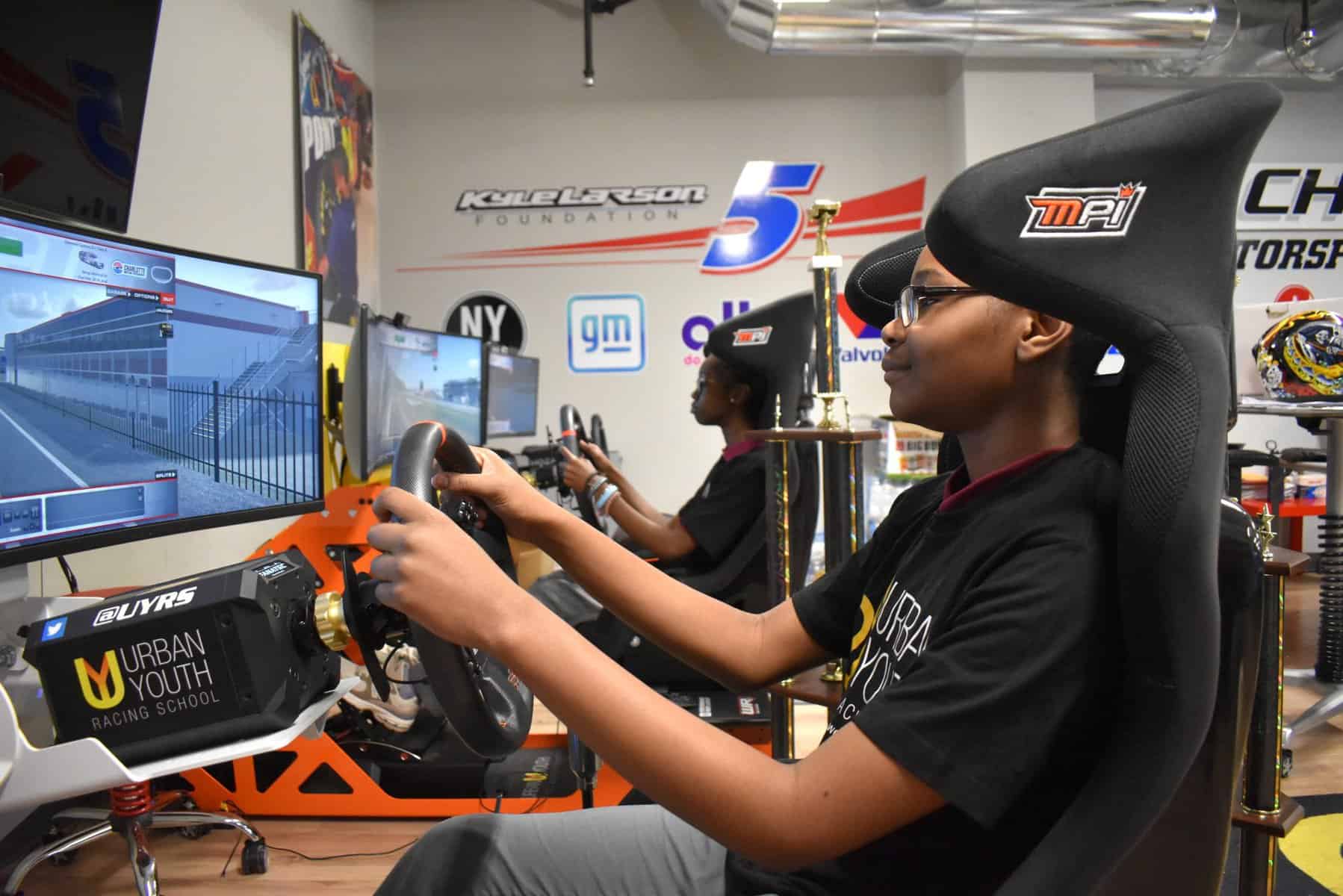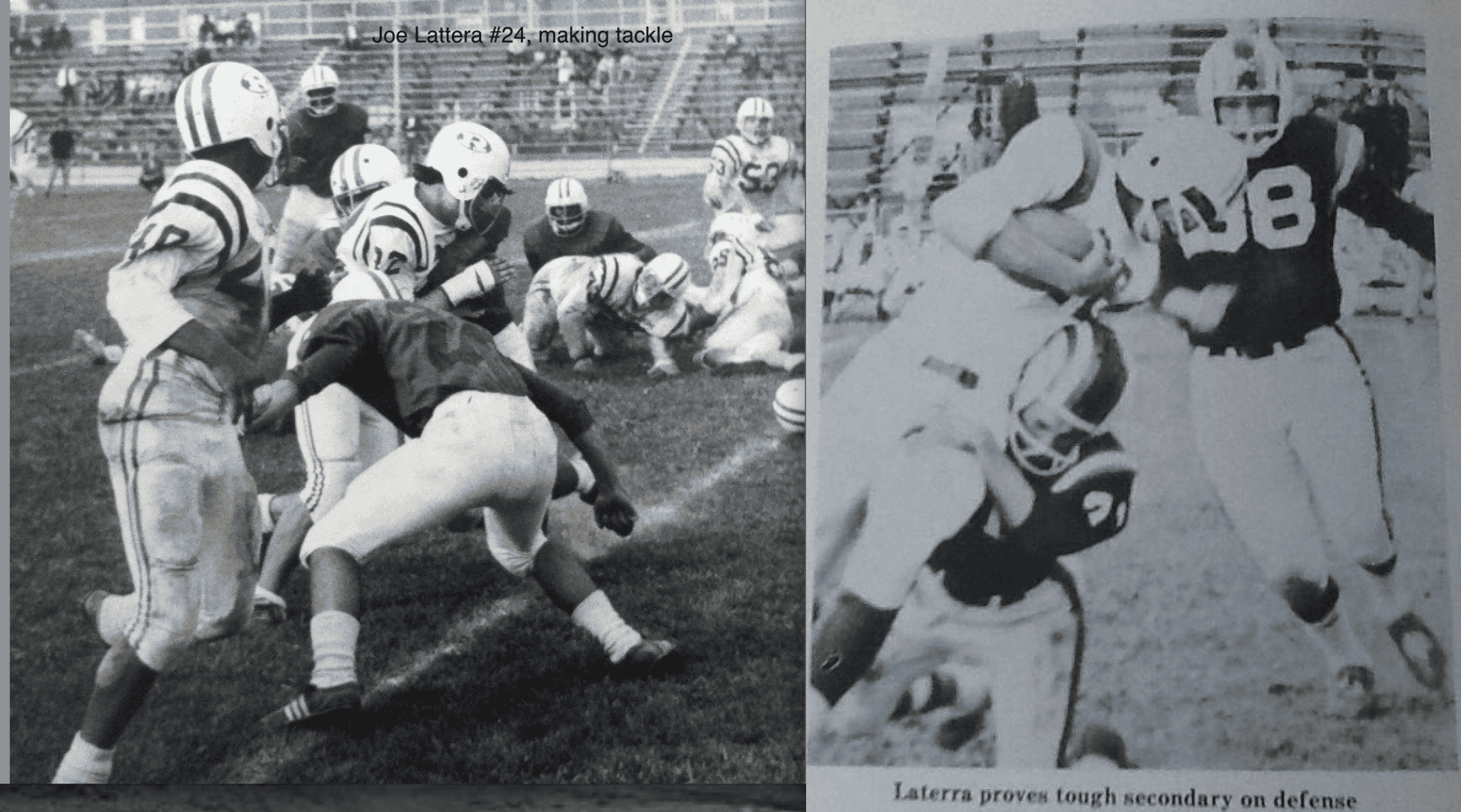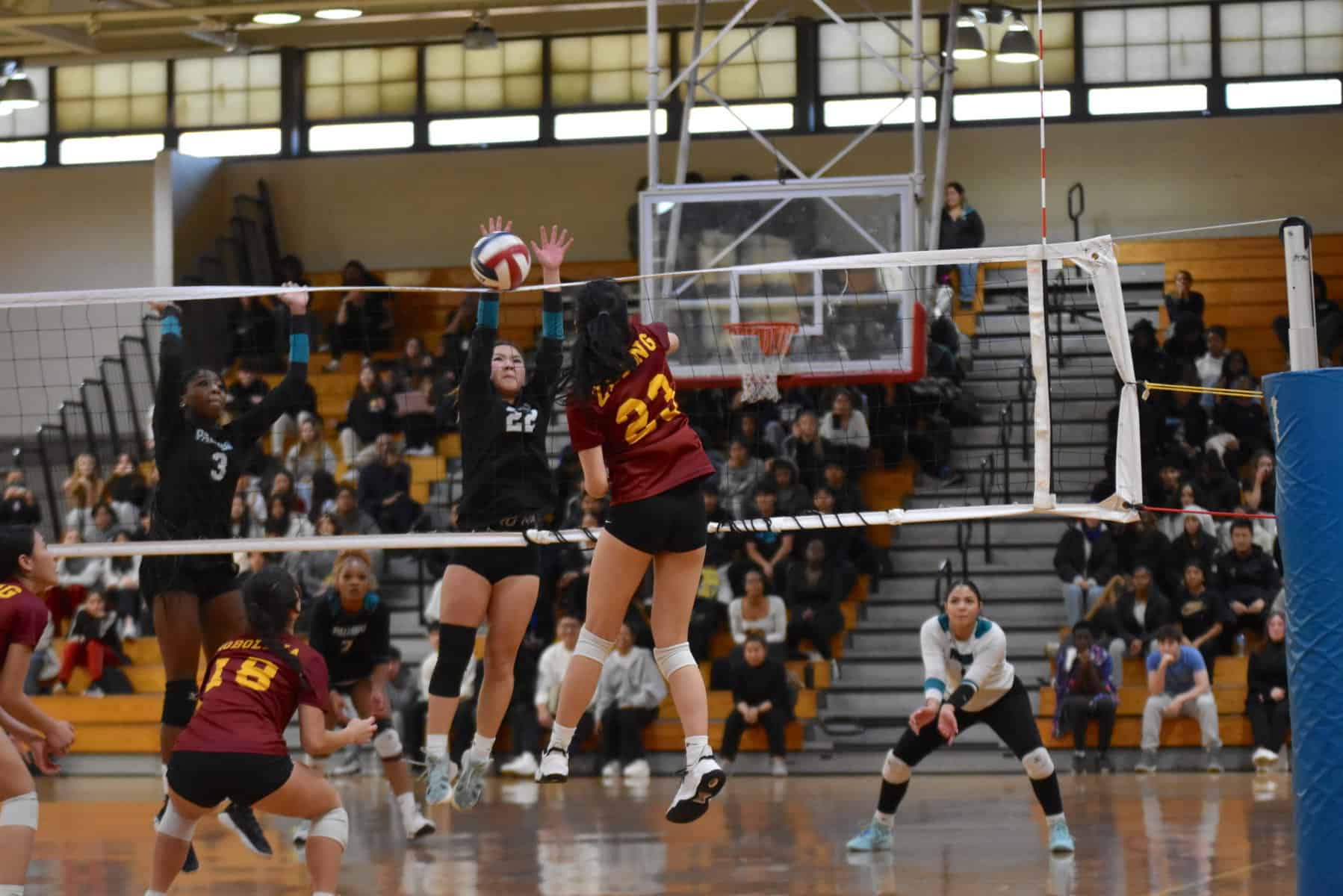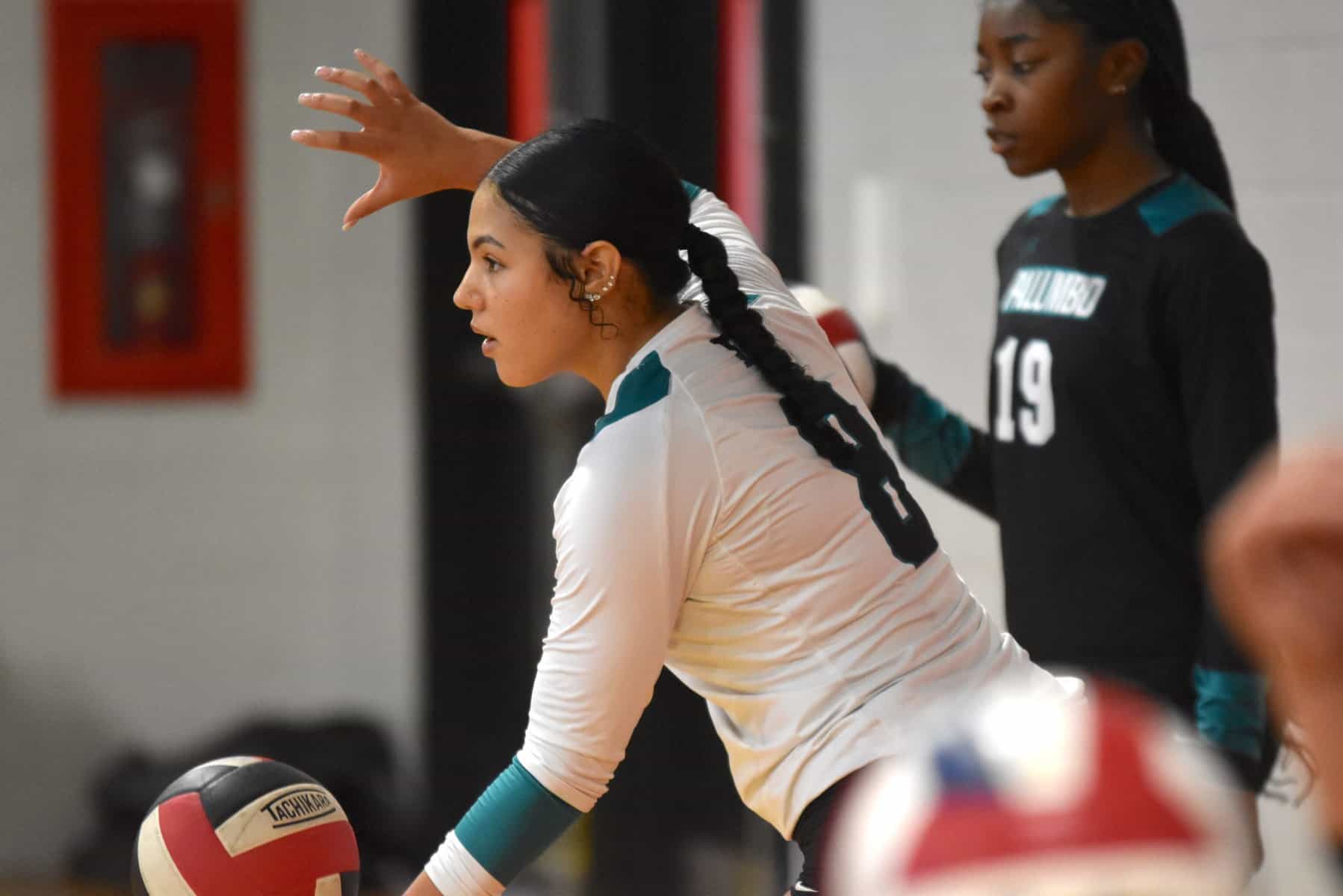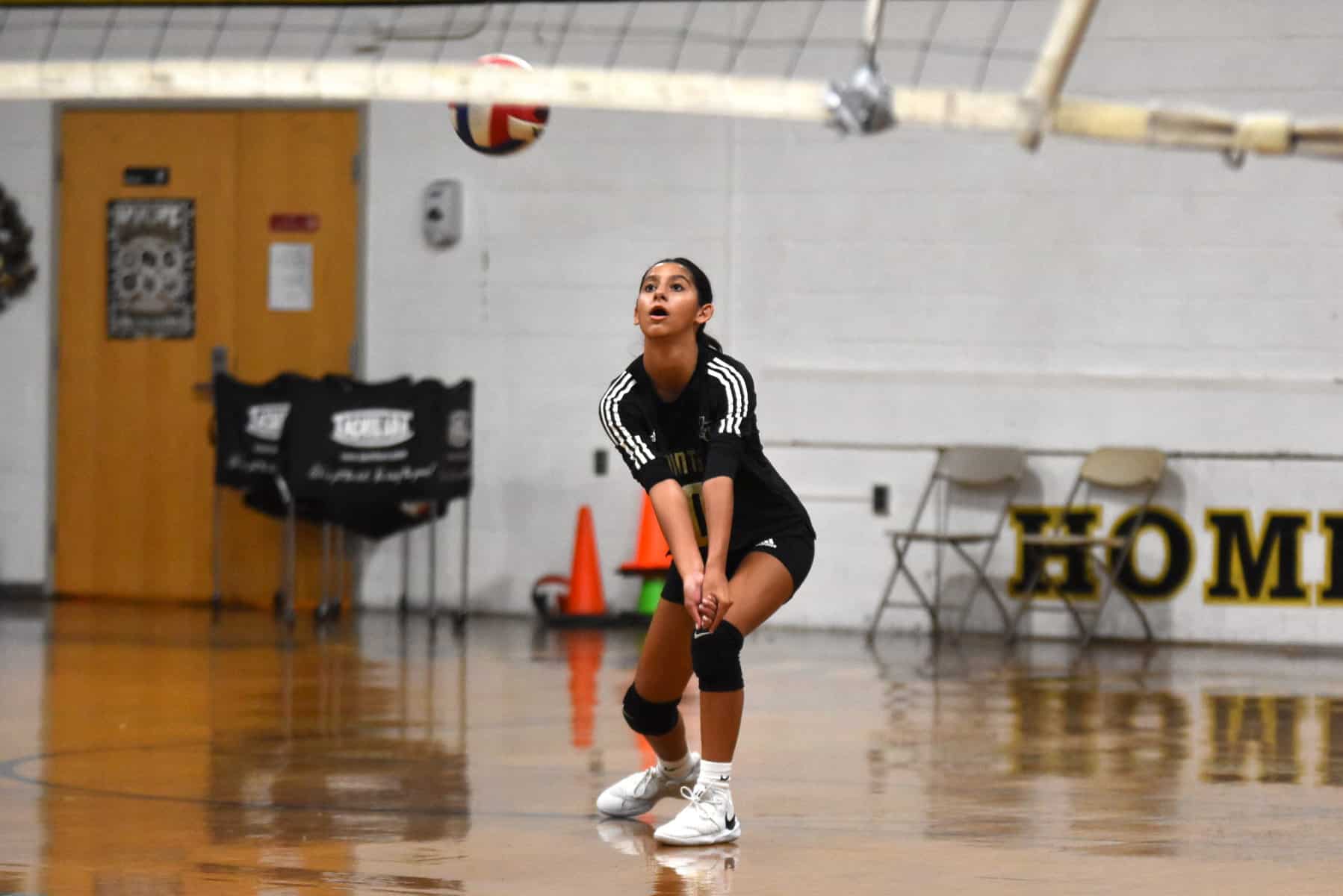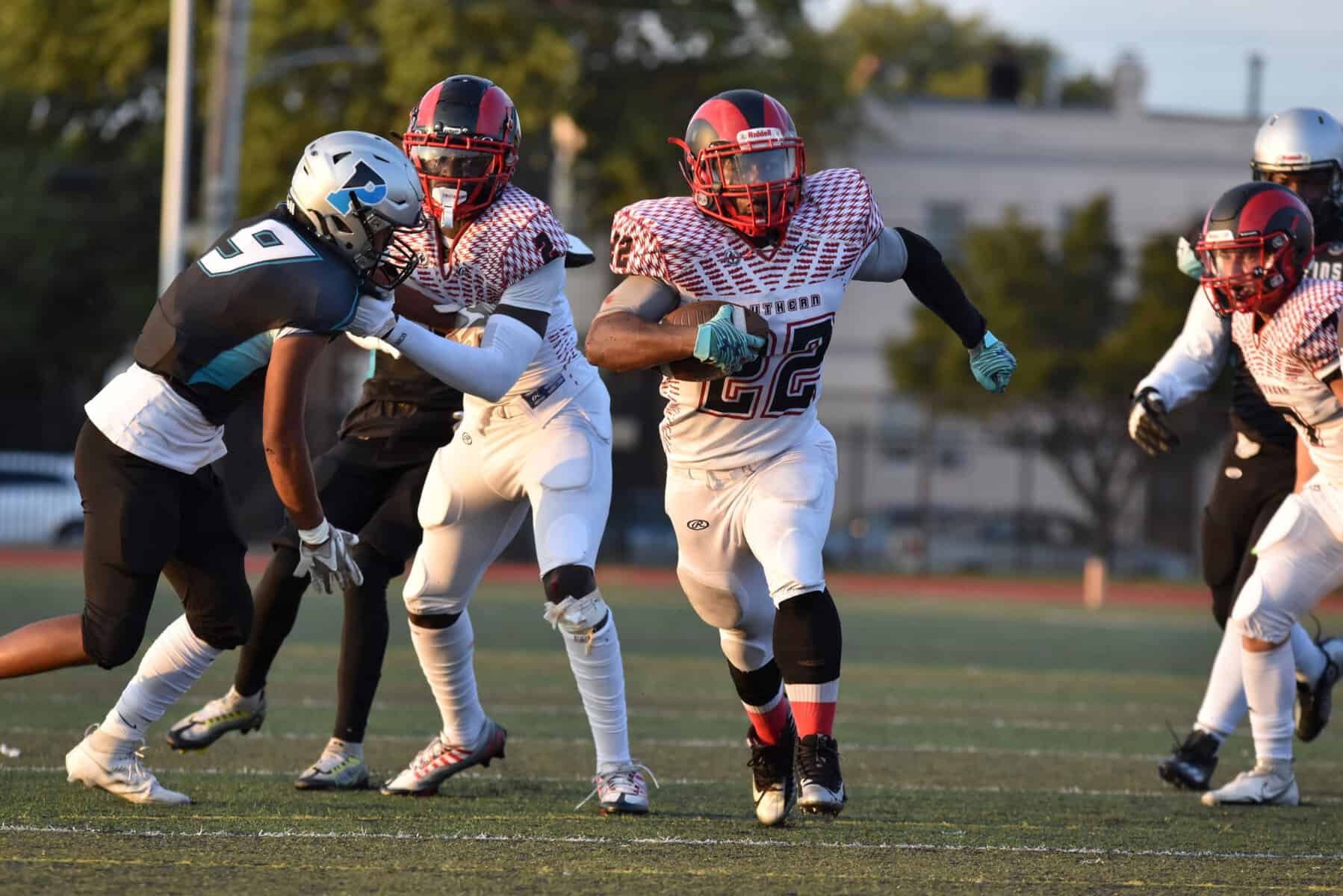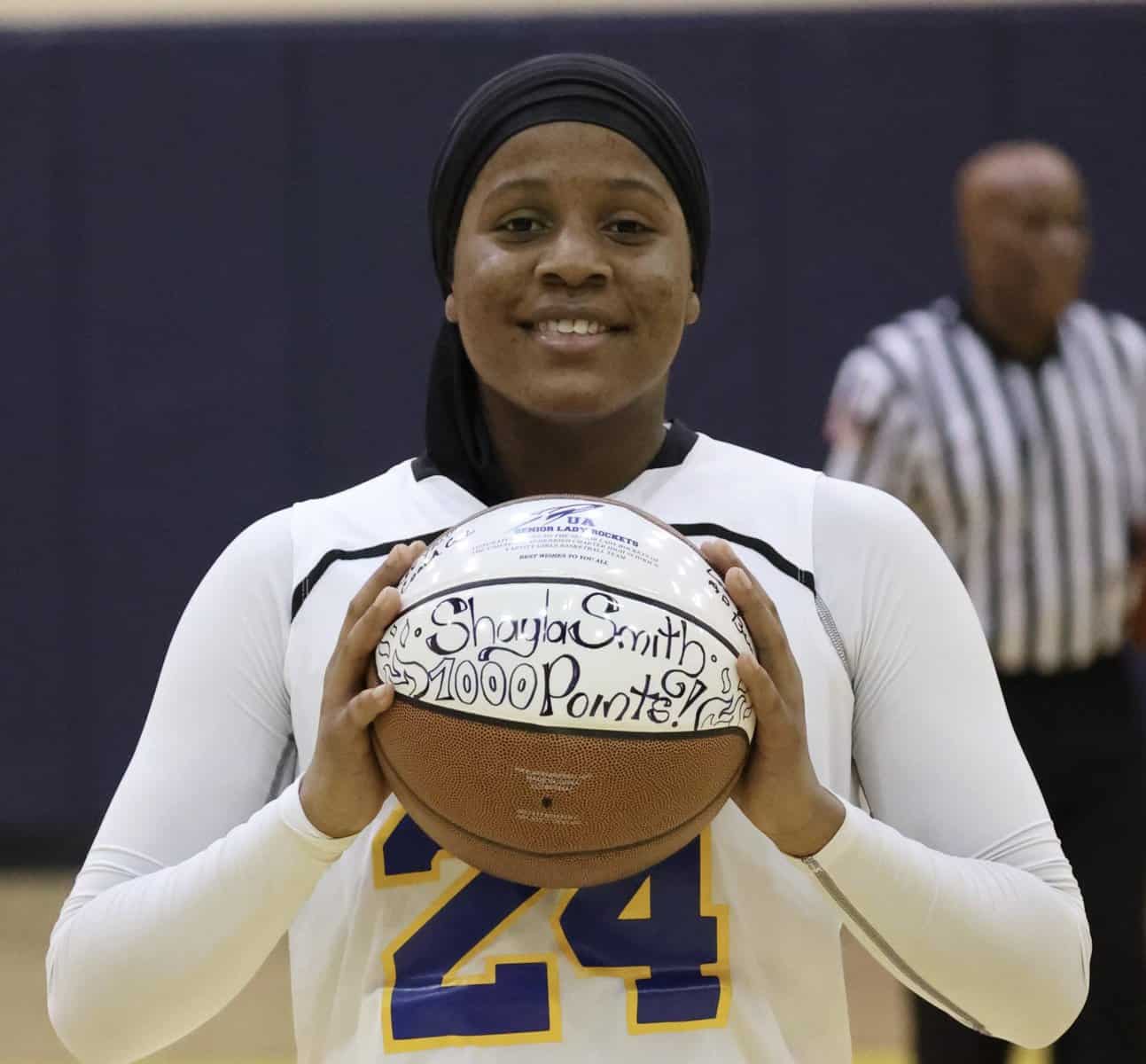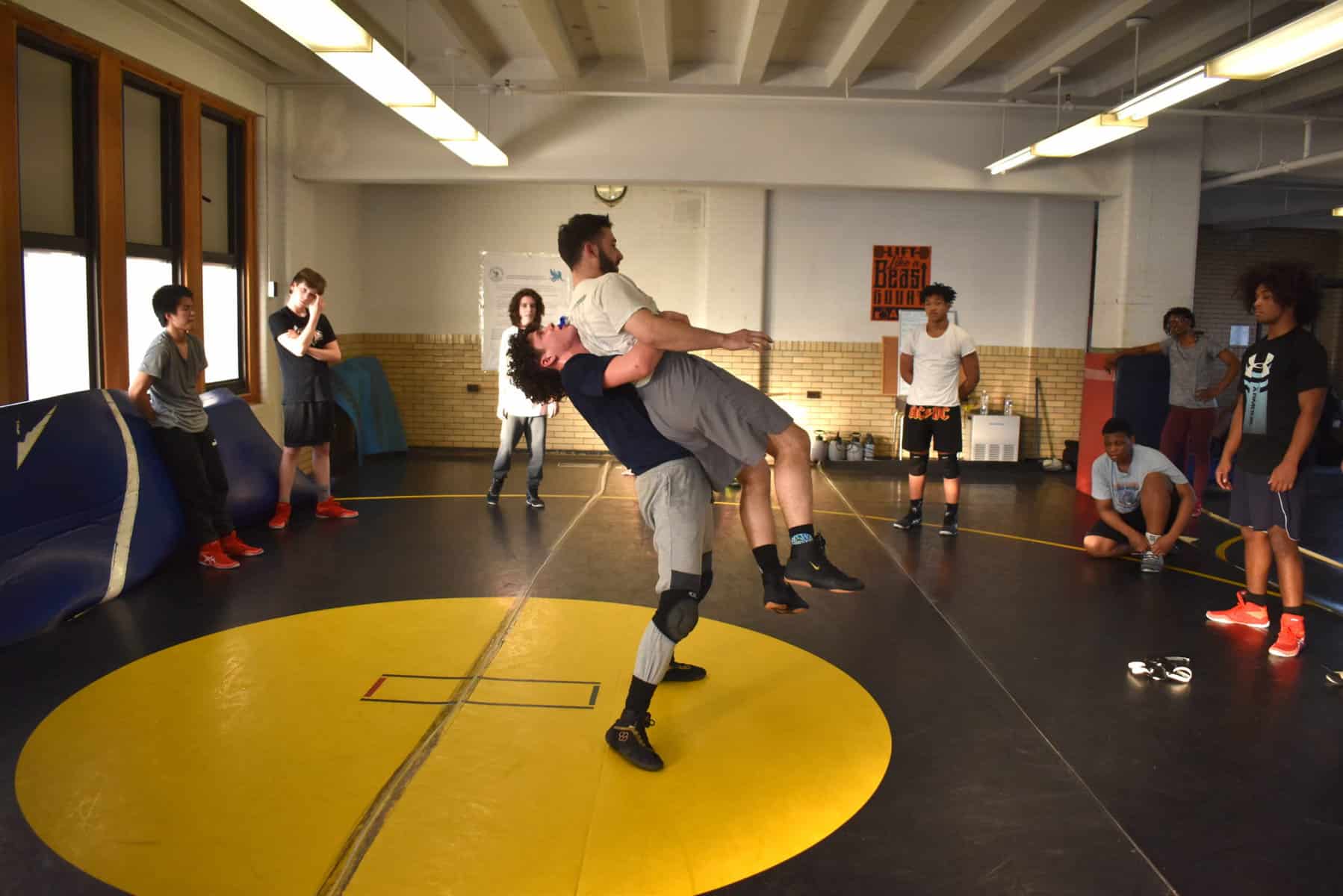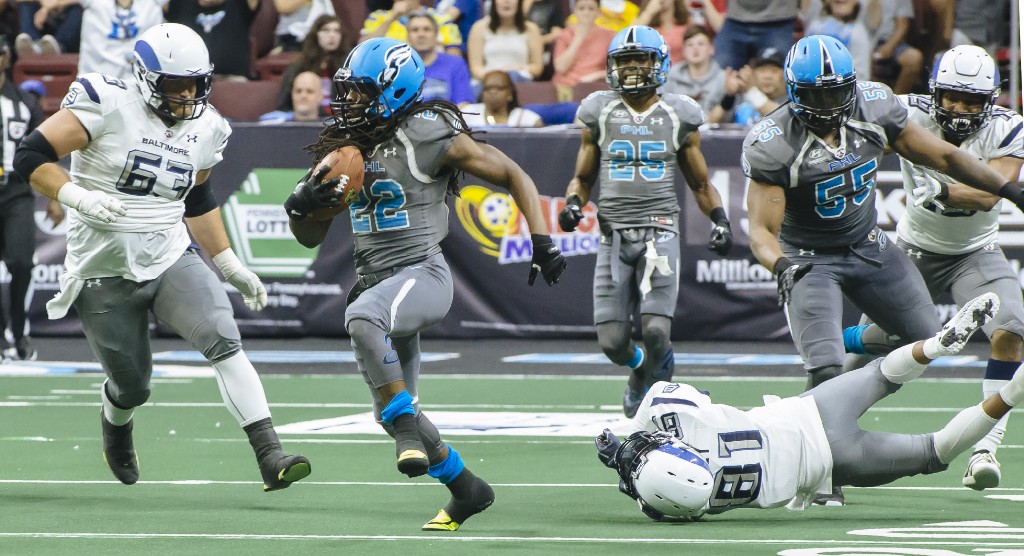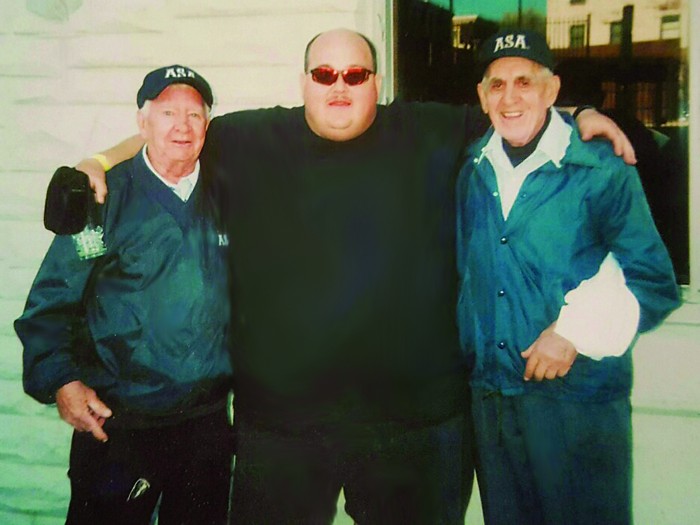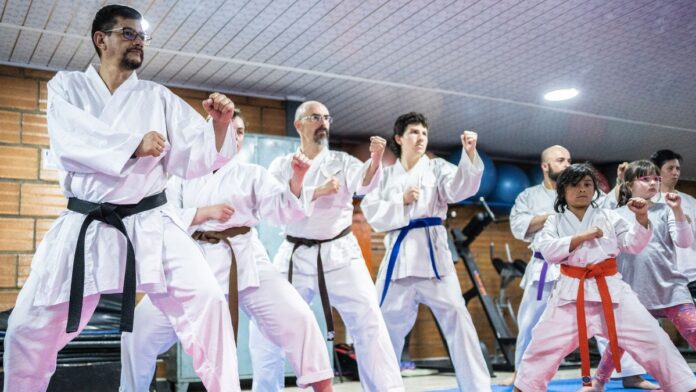
In the world of Karate today, most styles have adopted the kyu/dan system, which actually originated in Judo.
You know, the iconic “Black Belt” you’ve probably heard before? Well, it signifies competence in the art, not necessarily mastery. It’s really just the beginning of a lifelong journey of learning and growth.
While belt colors and rankings can differ depending on the specific style, school, or even country, the most common progression usually involves white, yellow, orange, green, blue, brown, and finally, black.
Have you ever wondered what the belts in Karate actually mean or when they became part of the tradition?
Well, today, we’re going to journey through the history of Karate’s belt system and uncover its secrets.
TABLE OF CONTENTS 
Kyu Levels: Understanding the Karate Belt Levels and Their Order
In Karate, kyu ranks are the early stages of learning—AKA the student phase.
The typical system has 6 kyu grades, but some styles use 8, 9, 10, or even 12!
Let’s break down the common 6 kyu system and what each belt truly represents:
- White Belt (6th Kyu): This is where it all starts. The white belt symbolizes a clean slate, a beginner’s pure intentions, and eagerness to learn and grow through Karate.
- Yellow Belt (5th Kyu): You earn this one through an exam, showing you’ve started to grasp the basic principles of Karate.
- Orange Belt (4th Kyu): This belt is for those developing a deeper understanding of the basic skills and starting to get the hang of distance management—an essential aspect of Karate.
- Green Belt (3rd Kyu): Time to refine those skills you’ve been learning! Green belts are also getting better at protecting themselves and executing techniques smoothly. They’re becoming more aware of their opponent’s movements, too.
- Blue Belt (2nd Kyu): Now we’re talking about significant control. Blue belts demonstrate greater command over both their techniques and their minds. You’ll see them showing more authority during sparring and displaying confidence in self-defense situations.
- Brown Belt (1st Kyu): This is the last stop before black belt territory. Brown belts have reached a maturity level in their martial skills and mindset. They have a high degree of control over their techniques and are becoming more skilled at applying them in real-life scenarios.
Oh, and by the way, even though the ultimate goal of Karate isn’t about collecting belts, there’s no shame in proudly displaying your achievements!
How Many Belts Are There in Karate, and How Long Does It Take to Progress?
Here’s a breakdown of the suggested minimum time you should spend at each belt level before moving on to the next.
Remember, this is just a guideline, and it’s perfectly okay if it takes longer for someone to master the skills required for the next rank.
The focus is on learning and growth, not rushing through the belts.
- White Belt: 3 months of active training
- Yellow Belt: 6 months
- Orange Belt: 6 months
- Green Belt: 9 months
- Blue Belt: 12 months
- Brown Belt: 18 months
Dan Levels: The Black Belt and Beyond – Karate Belt Ranks
Now, the Dan ranks—this is where the real journey begins. These are the advanced grades; reaching this level is a huge accomplishment.
Let’s take a closer look at what each dan rank signifies:
- Shodan (1st Dan): Someone with good skills who has learned the basics of Karate
- Nidan (2nd Dan): Has fine skills and a strong foundation in the fundamentals
- Sandan (3rd Dan): Demonstrates proficient skills and has mastered the basics
- Yondan (4th Dan): Has excellent skills and understands both the basics and the applications of Karate
- Godan (5th Dan): Showcases outstanding skills and has mastered both the basics and applications
- Rokudan (6th Dan): Possesses superb skills and has attained a deeper understanding of the art
- Nanadan (7th Dan): Has top-level skills and has mastered the deeper meaning of Karate
- Hachidan (8th Dan): Is acquainted with the mysteries of Karate and has thoroughly matured in their skills
- Kyudan (9th Dan) and Judan (10th Dan): These are honorary titles reserved for truly exceptional masters
The Evolution of Karate’s Ranking System: What Is the Order of Belts in Karate?
You might have heard about how early Karate practitioners started with a white belt that eventually turned black from years of sweat and dirt. Well, that’s just a myth!
The Japanese are known for their discipline and pride, so it’s unlikely they’d allow training with dirty belts or uniforms.
The colored belt system we know today comes from Judo. Jigoro Kano, the founder of Judo, introduced it in 1883, borrowing the kyu/dan system from the game “Go.” He believed it would help motivate students and structure classes effectively.
Karate followed suit in 1922 when Gichin Funakoshi, the founder of Shotokan Karate, adopted the kyu/dan system. And other Okinawan teachers did the same.
But it wasn’t until 1935 that we saw the introduction of multiple colored belts. Mikinosuke Kawaishi, a Judo teacher in Paris, felt that Western students would benefit from a more visual system with frequent rewards for their progress.
So, Karate practitioners outside Japan started using this system, and eventually, it made its way back to Okinawa and Japan.
It’s worth noting that there is no universal standard for Karate belt colors today. They vary from one school or organization to another.
The Original Okinawan and Japanese Systems
Before belts and rankings, Okinawan Karate was all about experience. There were no formal gradings; advancement was determined by how long you’d been training, skill level, and mental development.
In ancient Japan, martial arts used a system called Menkyo, which involved awarding certificates or licenses based on mastery, not just time spent practicing. And this system is still used in some traditional schools today.
Belt Colors in Karate: A Symbol of Dedication and Progress
So, there you have it! The colorful world of Karate belts, from their origins in Judo to their modern-day variations.
It’s a fascinating journey, that’s for sure. While belts are a visible symbol of progress, remember that the true essence of karate lies in the lifelong pursuit of knowledge and self-improvement.
Are you thinking about going on a Karate journey? If so, find a dojo near you and start your path toward self-discovery and mastery today!



















